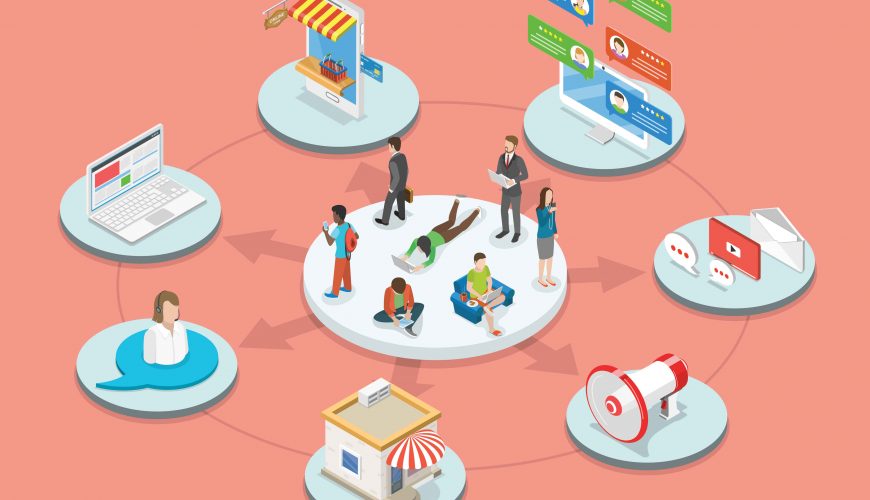Marketers have used funnels for decades to map customers along the buying cycle: from top to middle to bottom.
This approach can be helpful, but customers aren’t cattle and they increasingly no longer follow funnels. Customer journeys are more multichannel than ever before and the marketing rule of seven dictates that, for a brand to make a conversion, they need on average seven customer touchpoints.
Digital channels are a vital part of the marketing mix and there is no longer any separation between them now that non-linear multichannel customer journeys are the norm. Customers expect seamless, frictionless buying experiences across all channels and if you miss one touchpoint, you risk losing the breadcrumb trail to purchase.
Multitouch marketing is a highly adaptable approach to help navigate the customer map. It is more of a learning experience as you encounter continual behavioural insights that will inform and enable you to adapt as you go.
What is multitouch marketing?
Multitouch marketing involves using different media to communicate the same message to your prospective customers. For example, when creating brand awareness, the message is: “Check out our brand”. Send this message via email and adapt it to social media posts, print, display ads and blog posts, and seed in a partnership and sponsorship deal and bingo – you have seven touchpoints to conversion.
This strategy ensures your message reaches target customers across multiple channels. It is a simple yet effective approach that is often underrated.
The funnel has its uses for business outcomes
Like the standard marketing funnel, multitouch marketing’s funnel starts with awareness and then shifts to engagement, leads, purchases, repeats and referrals. The major benefit, compared with the traditional funnel, is its broader reach.
What effect does this have on the business outcome? The expected result is an inflated customer base, ready to be nurtured to convert. If done well, this can translate to profits and an improved return on investment. The other outcome is the enhancement of your business’ communication channels and brand recognition.
Multitouch marketing requires a variety of team skill sets and resources to effectively manage. The right people, tools and software need to be in place in a marketing and sales ecosystem, existing as part of a customer-centric, growth-mindset, learning culture. It’s not easy, but it pays off tenfold.
Listen to your customers
The primary purpose of any marketing is to reach many target prospects. As a marketer, you have to handle the heavy lifting to increase your customer base and be present where your customers are to create awareness of your brand.
For example, you should prioritise placing your ads in the publications and websites your target audience reads and visits. Conduct face-to-face and online research, and use sentiment analysis software to learn about customer trends and preferences. This then feeds into your target customer pipeline and enables you to adapt your business and marketing strategy to what customers actually want.
Own the path to conversion
Multitouch marketing can be an excellent approach, with its adaptability being a key selling point. This form of product and brand awareness is effective if used properly as it guarantees you a wider reach.
Working with Retail Week Connect enables you to reach prospective customers across multiple touchpoints. Contact nicola.harrison@retail-week.com to find out more.

Retail Week